While a large number of management skills needed for working with teams at a work location are applicable when working with virtual teams, it is additionally necessary to possess a true set of practices and an appropriate rhythm in work.
75% of a manager’s effectiveness when managing a virtual team comes down to ensuring a regular rhythm of responsibilities and appropriate conversation at the right time.
With a pre-created structure, it is possible to achieve the necessary effectiveness. In the text below we will give you several guidelines on how to build this structure.
Weekly check-ins
Because managers are not able to have physical contact with employees, it is necessary to gain trust in employees and build a relationship based on greater employee autonomy. On the other hand, managers need greater transparency instead of micromanagement.
Weekly check-ins are the best option to achieve this goal.
Continuous check-ins provide frequent and regular communication between managers and their employees. Research indicates that regular check-ins contribute to improved productivity among employees, better achievement of goals, as well as better morale, trust, and engagement.
Weekly check-ins need to be well-structured and with a well-defined agenda.
What should the structure of a weekly check-in look like?
Brief review of role and status: Each employee should make a brief review of their role, give a brief status, and share the following information with managers.
1. Pulse check – how they are feeling
A simple scale from 1 to 5 can work excellently, with employees being able to give a brief comment on the rating they give.
2. Red, yellow, and green for current status of goals
The color represents the employee’s confidence that goals/tasks will be completed within the given time frame, along with progress status toward task completion.
In this way, the manager makes a real-time assessment of which team goals/tasks are according to plans, and which are at risk for completion, so that steps can be taken to prevent goals/tasks from being unfulfilled or delayed.
3. Short list of top priorities for the following week
Additionally, employees can share the status of priorities that were set last week, with a brief explanation — completed/not completed.
4. Brief answers to simple questions
It is recommended to include simple questions such as:
- Which tasks and responsibilities are going well?
- Do you have any successes to share?
- Are you facing certain challenges?
- What is not going well?
The above questions are basic, but the manager can always add a new question each week to avoid monotony, obtain useful information, and encourage important dialogue with employees.
Do you need help?
If you need help or advice related to managing virtual teams, contact us at the e-mail addresses and phone numbers found on our website: www.vivendumsolutions.com.mk.





